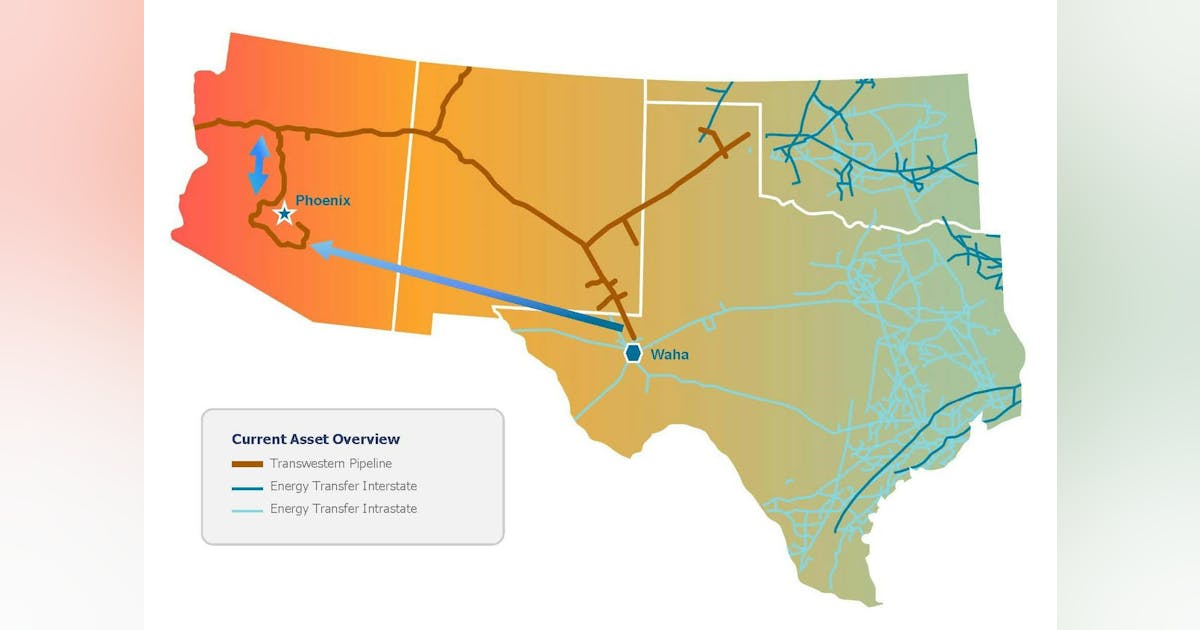
U.S. importers may soon see costs rise for many imported goods, as tariffs on foreign goods are set to rise.
On July 31, President Donald Trump announced country-specific reciprocal tariffs would finally be implemented on Aug. 7, after a monthslong pause. The news means more than 90 countries will see duties for their goods rise above the 10% global baseline Trump set in April.
To help shippers make sense of the new tariff regime, Supply Chain Dive put together a database that shows what each country or trade bloc’s minimum additional tariff will be, based on the various emergency-based tariff orders from the Trump administration. Then, we created several charts and other graphics to show how the duties compare to each other when sorted by various factors, such as trade balance and geography.
The resulting charts highlight several takeaways. For example, all of the United States’ top 10 trade partners will be subject to a tariff rate of at least 15%, though there are some product-specific exceptions. And in all, while over 60 trading partners saw their tariff levels change since April, 40 countries’ rates ended up lower than Trump initially threatened.
Take a look at the three graphics below for an in-depth look at key trade statistics, a map of the country-specific tariffs, and how they changed since April. Have additional takeaways or insights on the latest tariff news? Email us at [email protected] — we’d love to hear from you.
1. Tariffs by geography: Higher rates are concentrated by region
Map of U.S. import duties to be charged as of Aug. 7, by magnitude.
2. Tariffs by trade balance: Top 10 trade partners all face tariffs of at least 15%
U.S. trade statistics for full-year 2024 alongside the Trump administration’s planned tariff rates. Use the search bar or click on headers to sort the table by category.
3. How reciprocal tariff rates changed since they were first threatened
Percentage point change in the United States’ country-specific tariffs to be charged Aug. 7, compared to the rates initially threatened in April.





















